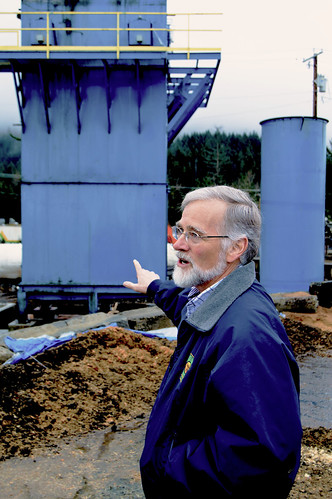By Jack Thuon, American Forests
I spent nine years of my life surrounded by trees in a small town in Connecticut, so, while I understood the importance of forests, I had a “you’ve seen one tree, you’ve seen them all” type of attitude. However, my perspective changed when my family traveled to Yosemite National Park. As I stood in the middle of a forest filled with trees 300 feet tall, I realized that forests are special and each one is unique. Each forest has its own ecosystem, plant and animal life and beauty. I believe everyone should have the opportunity to experience the beauty and wonder of not just forests, but also everything nature has to offer— meaning that we need to keep our world clean and healthy. Since then, the environment, and thus conservation, has become one of my biggest interests.
When I first came to college in Washington, D.C. last fall, I knew that I wanted to join an organization that would do its part to fight for our planet. After a year of struggling to find a group who shared my passion and determination, I came upon American Forests. Here, not only could I work to help the environment, I could also pursue my other interests of communications and politics. It has been a dream of mine for a while now to come to D.C., learn the tools of the trade at American University and begin a career in public service, specifically in conservation. By working as an intern this fall at American Forests, I have the opportunity to get hands-on experience working with policymakers, the government and non-profit organizations who do incredible work.
While I have been to a few beautiful places around the world, there are still many, many more I want to explore. That is why my internship at American Forests is so critically important to me. Yes, this opportunity will strengthening my communication skills and advance my working knowledge of forest policy, but I am here for a bigger purpose as well: keeping our environment as beautiful in 100 years as it is right now. American Forests’ works diligently to keep our planet healthy, and I am so excited to contribute in any way I can to this important cause.
The post Why I’m Here: A Passion for Protecting the Environment appeared first on American Forests.
























